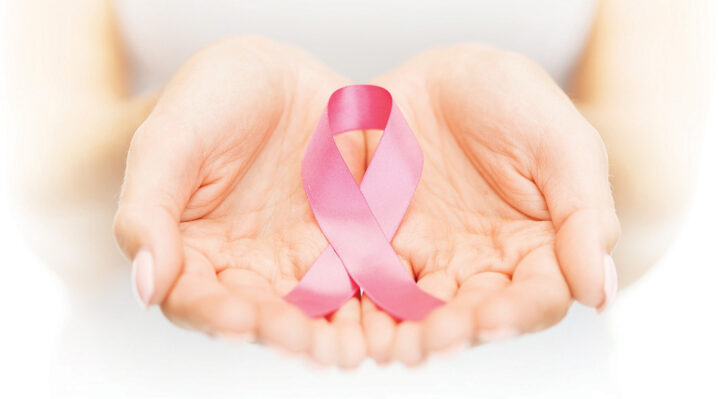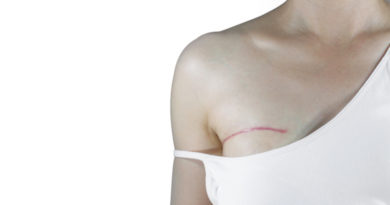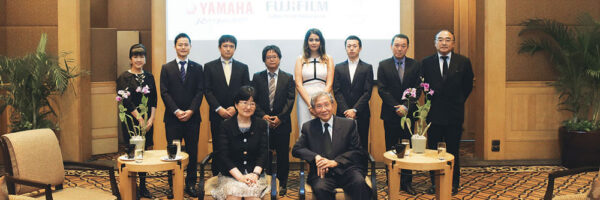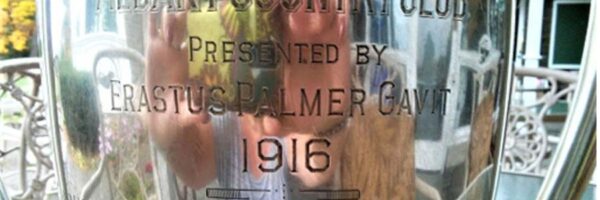
Breast cancer surgery and reconstruction
Legend has it that the ancient Amazon tribe of warrior women in Asia Minor would cut off their right breast in order to be a more efficient and accurate archer. Rather extreme.

In the modern world the most common type of cancer in women is cancer of the breast, and the treatment is the same as that adopted by the Amazons of old – a mastectomy. But there the similarity ends. Nowadays the surgeon who removes the breast of a patient will also reconstruct the breast, a well tried and tested procedure, that surely aids with the psychological recovery of the ladies who have suffered from this type of cancer.
The month of October is dedicated to Breast Cancer Awareness, and we went to talk to one of Thailand’s top oncologists, specialising in breast cancer, Dr Kamolrut Pibul, Asst. Professor and surgeon at the Breast Care Centre of Phyathai 1 Hospital on Sri Ayudhaya Rd., Bangkok.
Dr Kamolrut received her Doctorate in Medicine from Chulalongkorn University, and subsequently furthered her experience in breast cancer by studying abroad, at medical faculties in Australia, Italy, and the USA … countries that are at the forefront of research and technique into breast cancer surgery, and subsequent reconstruction.
Dr Kamolrut told us that she always gives her patients who are going to have a mastectomy, information about reconstruction of their breasts after removal. “In my experience, patients up to the age of 50 years old will choose to have breast reconstruction after a mastectomy. After the age of 50 or so patients are not as interested in reconstruction, and just want to get rid of their cancer, and do not want to bother about further surgery or scarring.”
Dr Kamolrut said that during surgery she will try to preserve the nipple and aureola area, as it helps with the psychological recovery of a patient, after the breast reconstruction. If the tumour is too close to the nipple area,
Dr Kamolrut told us, and it also has to be removed, there is the option of nipple and aureola reconstruction. Reconstruction of the nipple is done with tissue on that site and a medical tattooist will construct the aureola.
Breast reconstruction is usually carried out at the same time as the mastectomy, to minimise the discomfort and deformity of the patient, and also because the surrounding skin might contract and make a later reconstruction more difficult. If the nipple and aureola have been conserved, the sensations felt will not be the same as before, but there will be a return of some feeling, and the patients tend to feel better about themselves, which aids the recovery. Dr Kamolrut said that in Thailand double mastectomies are rare, and that during reconstruction she will match the breasts to be alike, so that the patients’ profile will be the same as before the surgery. If there were a double mastectomy required, the breasts would be reconstructed from photos taken prior to removal.
Autologous reconstruction of the breast uses skin, fat, and sometimes muscle from another place on your body to form a breast shape. The tissue usually comes from the belly or the back to create the reconstructed breast.
Breast cancer patients in Thailand who go to public hospitals will usually opt for autologous reconstruction, as they can receive this type of surgery for free, whereas they would have to pay for a silicone implant. In private hospitals, such as Phyathai 1, autologous breast reconstructions versus silicone implants, are about 50/50.
Surgeons like Dr Kamolrut are extremely experienced at either type of surgical reconstruction, and she told me that within approximately 10 days after a mastectomy and breast reconstruction, her patients are fully recovered, and do not even need to return to hospital to have their stitches removed, as they dissolve away.
Dr Kamolrut said, “Although the incidence of breast cancer in Thailand is not as prevalent as it is in the West, it is still the most common type of cancer found in women here. I would recommend Thai women, if they can, to have a mammogram at the age of 40, and to repeat it annually.”
She said that there are regional differences within Thailand, and that there are more cases of breast cancer in urban areas than in the rural countryside. This is largely due to lifestyle and environment.

Dr Kamolrut said that women in urban, city areas tended to have late pregnancy, less children and go back to work after three months, as this is how long the government gave them after having a baby. Therefore they were only breastfeeding for up to three months. Conversely, Thai ladies who live upcountry could get pregnant earlier have lots of children and breastfeed for up to a year. Dr Kamolrut said that the longer women breastfeed for, the less chance of them developing breast cancer was. She urges mothers to breastfeed for as long as they can.
Ladies, be safe, and if you are unfortunate enough to develop breast cancer, be secure in the knowledge that you will be in the good hands of Dr Kamolrut, or other surgeons like her. Don’t despair, you will soon be viewing your unchanged profile in the mirror, and drawing admiring glances from your loved ones.
Early detection is the best key to cure and prevent cancer.
In my experience, patients up to the age of 50 years old will choose to have breast reconstruction after a mastectomy.



